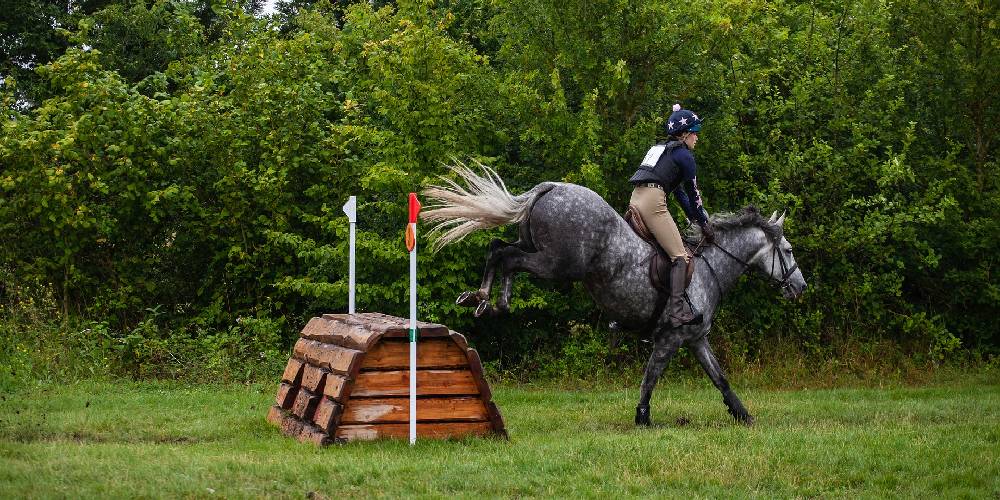I am very interested in the sport of three day eventing because it involves three different English disciplines. Eventing, sometimes known as the “Equine Triathalon,” is a sport that tests the horse’s stamina, coordination, and responsiveness.
What Is Eventing?
Eventing is a sport in English riding that involves dressage, cross country, and showjumping all in the same competition. Eventing is sometimes called three-day eventing because the horses will compete in each discipline over the span of three days.
This sport tests the horse’s coordination and responsiveness in dressage, the horse’s stamina and bravery in cross country, and the horse’s speed and jumping ability in showjumping.
What Is Performed On The First Day?

Dressage is performed on the first day of eventing. In this portion of eventing, horses demonstrate their responsiveness to their rider and their ability to perform a certain pattern of movements and commands. Judges are looking for horses that accept the bit, remain collected throughout the entire competition, and pass through the movements smoothly and calmly.
In dressage, it is the horse and rider’s time to show off the horse’s obedience and willingness to respond to whatever the rider asks of them.
In this part of the competition, the horse should appear to be going through the movements on his own. The rider’s commands should not be obvious or noticeable by the audience or the judges.
Similar to a dance, the judges looking at the dressage aspect of this competition look for overall smooth and harmonious movement of horse and rider.
Dressage is a great thing for any horse to compete in as it engages and incorporates the use of muscles not typically used in normal activity, and teaches the horse to be responsive. This increase in the horse’s stamina, strength, and responsiveness are all good things to have in any horse. With the horse using more of its muscles, it makes the horse appear stronger and more balanced, improving its conformation.
What Is Performed On The Second Day?
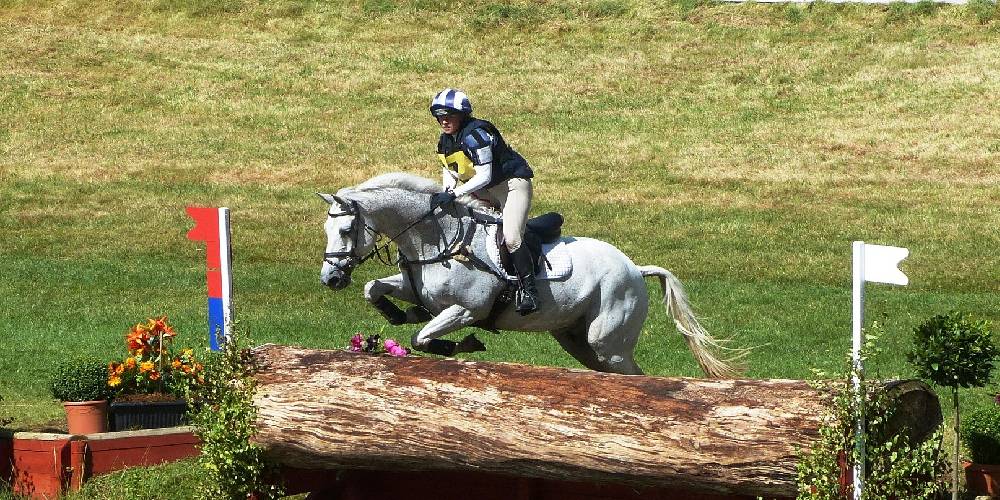
Cross country falls on the second day of competition. This is a fast-paced sport where the horse and rider gallop through a course where there are several jumps including jumping through hedges, jumping into water, and a variety of other jumps.
Many horses, due to their eyesight, fear water as they can’t see how deep the pool goes. The jumps that involve water test the horse’s bravery as well as their trust in the rider.
The main two things that this aspect of this competition tests are stamina and bravery. The horse needs incredible stamina to be able to keep going for the duration of the course, as well as a lot of trust in the rider and bravery to clear jumps that look scary to most horses.
The rider’s job when competing in cross-country is to not let the horse over-exert itself at the beginning of this course so the horse can finish well. If the horse gives the first half of the course everything he has, he won’t be able to pass the finish line with flying colors.
To compete in cross-country, the horse needs to be in the best shape of its life. They need to have great stamina, muscle definition, and jumping ability. If a horse is not in top condition, this part of the competition will be very difficult to pass.
Riders in cross-country wear a vest that inflates when they hit the ground during a fall. This is to protect their back from being badly injured. The reason riders in cross-country need to wear this is because it is one of the most dangerous horseback riding sports in the world. Without it, riders can be very badly injured.
The length of the cross-country course can be between 2.75 and 4 miles long and include between 24 and 36 obstacles. The larger and more competitive the event, the longer and more difficult the course will be.
What Is Performed On The Third Day?
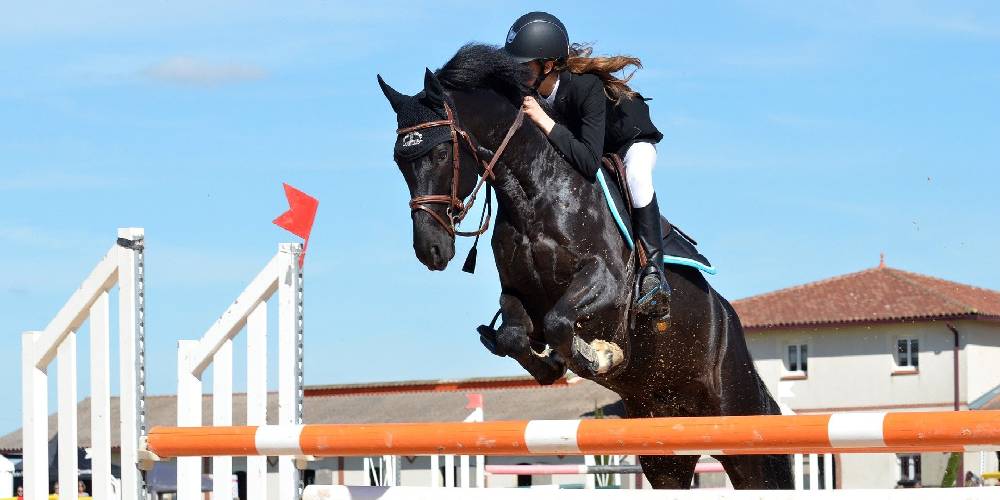
On the third and final day of competition, horses and riders will then move onto showjumping. Showjumping is a timed jumping competition that takes place in a closed arena. Horses need to complete the course with the fewest mistakes and the fastest time possible to win.
Unlike in cross-country, the jumps in showjumping are colorful and consist of things called standards and jump rails. The rails that horses are required to clear are usually lightweight and will fall if a horse knocks it with its legs or hooves.
According to the FEI, the reason showjumping follows cross-country is to test that even after an incredible test of endurance the day before, horses still can retain the ability to start fresh the next day and remain willing and obedient to their handler when asked to jump again.
Showjumping arenas consist of 12 to 15 jumps. In higher levels of show jumping, there are jumps called oxers that are in place. An oxer is basically two jumps put next to each other that the horse clears on one jump. This makes for a long and tall jump.
The rider, to avoid mistakes and knocking poles, must learn to time the horse’s approach to the jump so the horse doesn’t take the jump too long or too short. This can cause the horse to knock poles, or refuse the jump.
To read more on showjumping, click here.
How Is The Winner Determined?
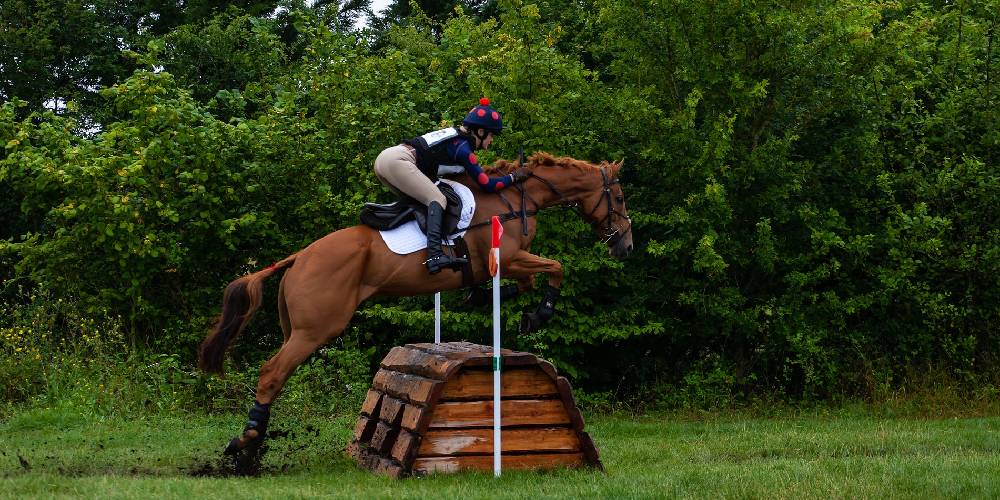
Each section of competition is scored separately. At the end of the entire event, the scores from each of the days are totaled up and the penalties are added onto the score as well.
The horse and rider with the lowest score and least amount of penalties wins the show.
When teams of horses and riders are competing, the three top scoring horses and riders are the team representatives and their scores represent the entire team. This is done for every team competing. The team with the lowest score wins.
What Breeds Are Most Popularly Seen In Eventing?
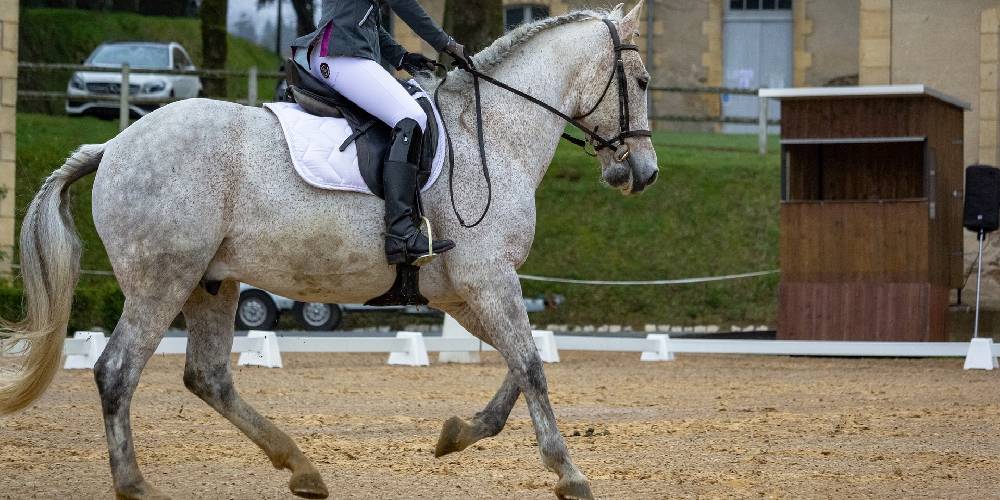
Thoroughbred
The Thoroughbred is a hotblooded horse that is most commonly seen in racing. This breed makes an exceptional choice for eventing because of its seemingly endless stores of energy, obedience, and stamina. This breed is also known to be great jumpers.
Dutch Warmblood
Dutch Warmbloods are a popular choice for eventing because of their immense success in the dressage arena. These horses are also popularly used in show jumping. This breed may do well in cross-country, but their success isn’t comparable to that of the Thoroughbred in terms of stamina when looking at that part of the competition.
Trakhener
This breed also makes great dressage and jumping prospects. This breed, originating in Prussia, is very commonly seen in show jumping competitions in Europe.
Hanoverian
Known for its success as a showjumping horse, the Hanoverian is a breed that people choose often as an eventing horse for its jumping ability and obedience.
Selle Francais
The most expensive show jumping horse ever bought was a chestnut gelding of this breed. The Selle Francais was developed in France and is now used all over the world for jumping and eventing.
Irish Draught
A famous Irish Draught by the name of Boomerang was the star of showjumping in the 1970s and early 1980s. Boomerang was from Ireland and he made a name for himself across the world. Since his great success, the Irish Draught has only grown in popularity as a jumping and eventing horse.

